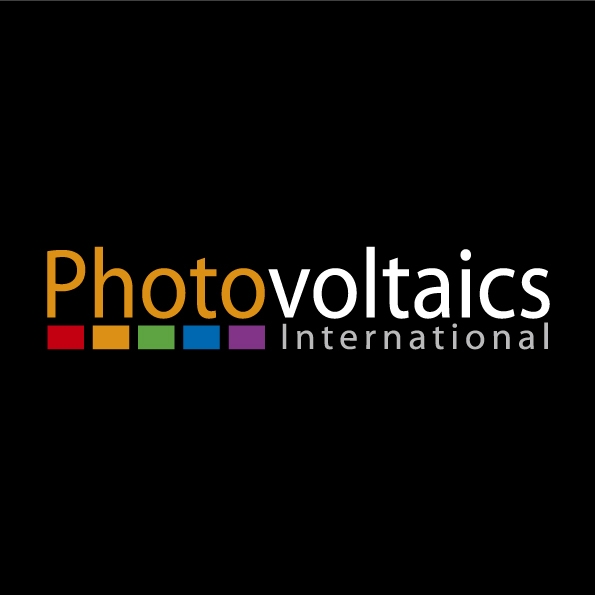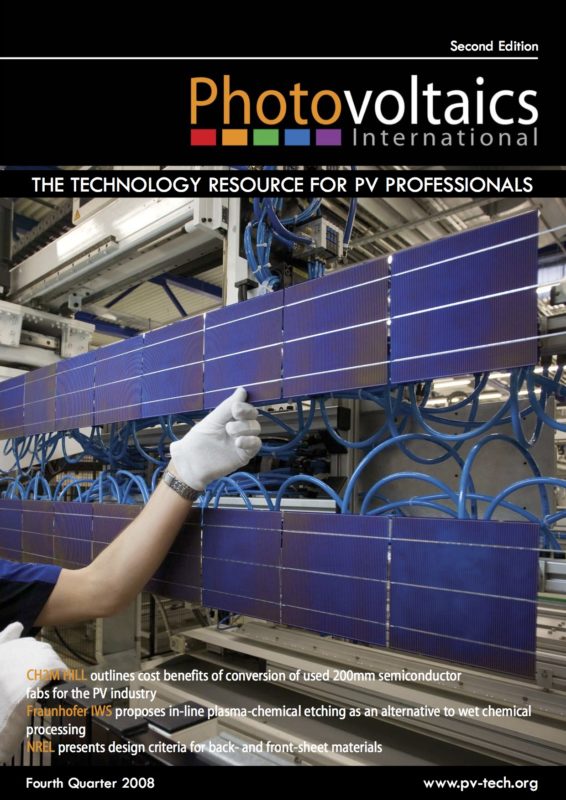By Johan Hoogboom, Global R&D Coordinator for Silicon Photovoltaics, Mallinckrodt Baker B.V; Jan Oosterholt, R&D Department, Mallinckrodt Baker B.V; Sabrina Ritmeijer, Mallinckrodt Baker B.V; Luuk Groenewoud, R&D Manager, Mallinckrodt Baker B.V; Arno Stassen, Research Scientist, ECN; Jan H. Bultman, Energy Research Centre Group Leader, ECN; Kees Tool, Senior Research Scientist & Project leader, ECN; Martien Koppes, ECN
Inline processing, one of the fastest-growing production processes for crystalline silicon solar cells, uses continuously operated belt furnaces to achieve higher overall throughput compared with traditional batch processing. A second, major advantage of inline processing is improved manufacturing yields through reduced breakage of today’s thinner, increasingly delicate wafers. This is accomplished by eliminating several handling steps unique to batch processing techniques. This paper describes the influence of ECN-Clean, as developed by Mallinckrodt Baker and ECN in 2006, whose application increases the efficiency of solar cells produced using inline processing by approximately 0.3 percent absolute, compared with standard inline processing.


